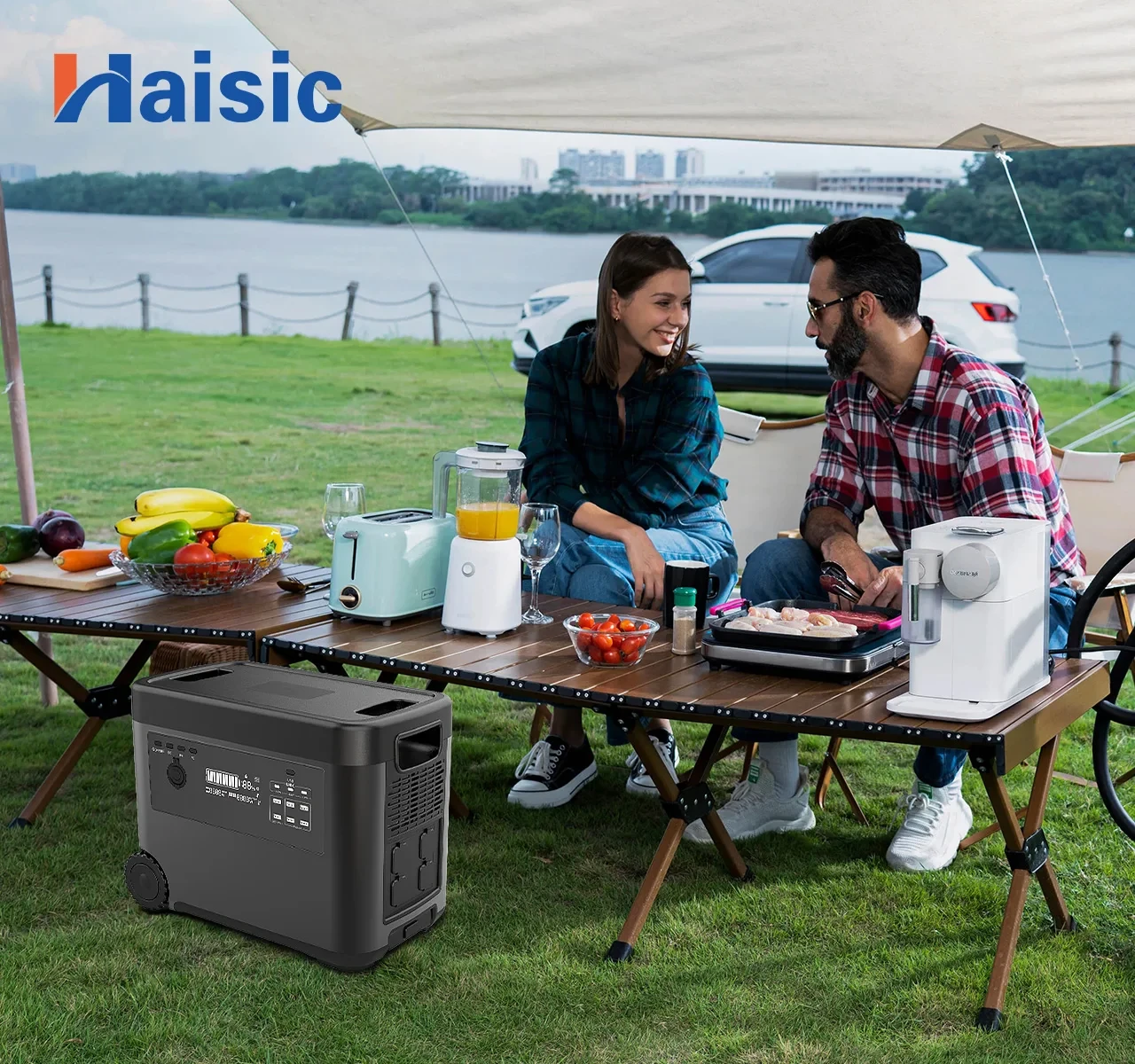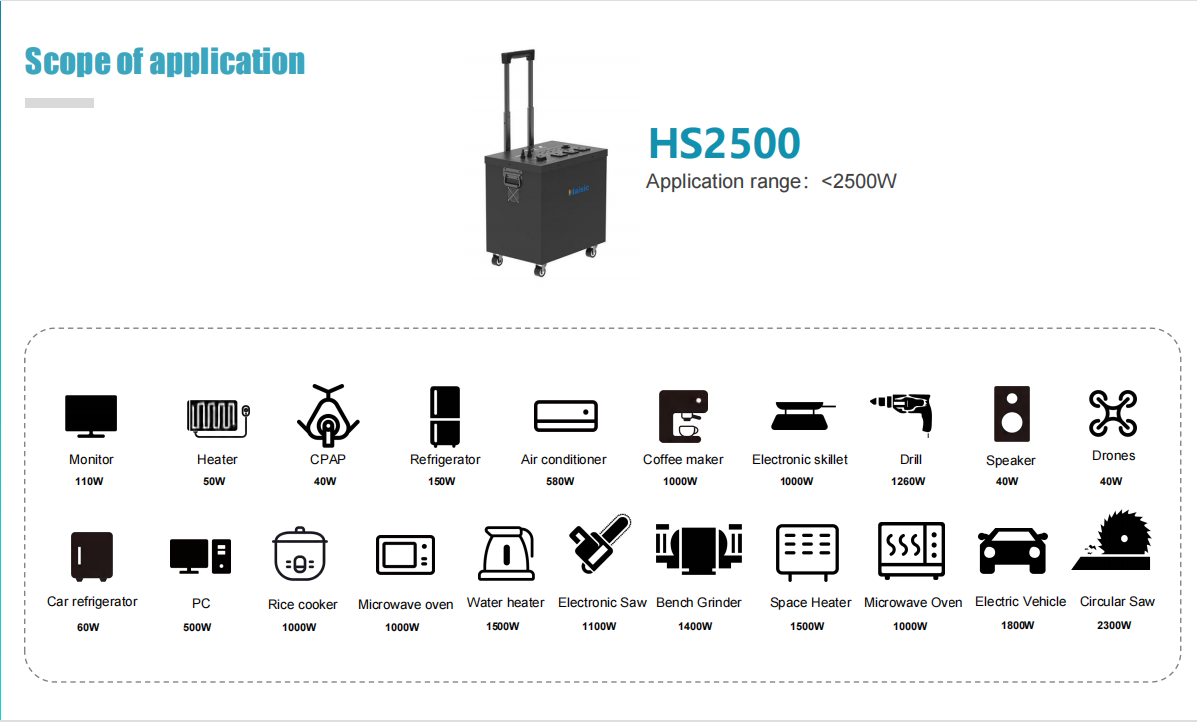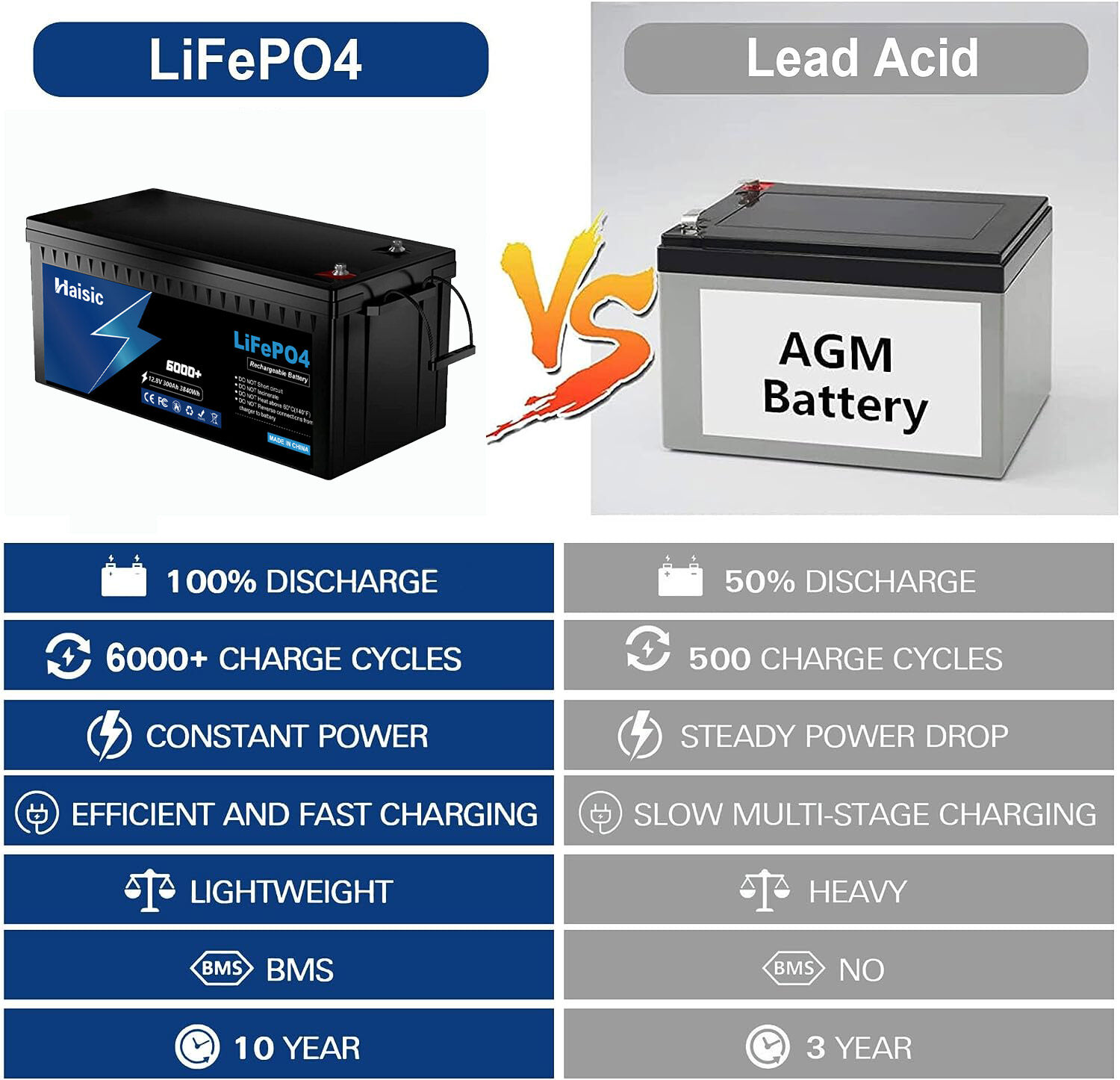Email format error
Email cannot be empty
Email already exists
6-20 characters(letters plus numbers only)
The password is inconsistent
Email format error
Email cannot be empty
Email does not exist
6-20 characters(letters plus numbers only)
The password is inconsistent


When considering the size of a portable power station, there are several factors to take into account in order to determine the right fit for your needs. Portable power stations come in various sizes and capacities, and choosing the right one depends on how you plan to use it. In this article, we will explore the different considerations that go into determining the size of a portable power station that best suits your requirements.
Power Requirements
The first step in determining the size of the portable power station you need is to assess your power requirements. This involves identifying the devices and appliances you intend to power with the portable power station. Make a list of the wattage requirements for each item, including any additional devices you may want to power in the future. It's important to consider both the continuous power draw and any surge power requirements for devices that may have initial spikes in power consumption when starting up.Capacity
Once you have a clear understanding of your power requirements, you can then calculate the total capacity needed for your portable power station. Add up the wattage requirements for all the devices and appliances you plan to power simultaneously. This will give you an estimate of the minimum capacity required for your portable power station. It's advisable to choose a power station with a capacity that exceeds your calculated needs to accommodate any unexpected power demands or future additions to your setup.
Portability
Another important consideration when determining the size of a portable power station is its portability. If you plan to use the power station for outdoor activities such as camping, hiking, or tailgating, you'll want a unit that is compact and lightweight for easy transportation. Consider the physical dimensions and weight of the power station, as well as any additional features such as carrying handles or wheels that may enhance its portability.
Battery Type
The type of battery used in a portable power station can also impact its size and capacity. Lithium-ion batteries are commonly used in portable power stations due to their high energy density and lightweight nature. These batteries allow for higher capacity in a smaller form factor compared to traditional lead-acid batteries. When evaluating different power stations, consider the battery type and its impact on the overall size and weight of the unit.
Usage Scenarios
Consider how you intend to use the portable power station in different scenarios. If it will primarily be used for short day trips or weekend getaways, a smaller capacity unit may suffice. However, if you plan to rely on the power station for longer durations or to run multiple high-wattage devices simultaneously, a larger capacity unit would be more suitable. Think about the specific usage scenarios that align with your needs and choose a size that can accommodate those requirements.
Future Expansion
It's important to consider future expansion when selecting the size of a portable power station. As your needs and usage patterns evolve, you may find yourself requiring additional power capacity. Choosing a power station with some room for expansion can save you from having to upgrade to a larger unit down the line. Look for options that offer expandable battery packs or the ability to chain multiple units together for increased capacity.
Budget
Finally, your budget will play a role in determining the size of the portable power station you can afford. Larger capacity units with advanced features may come with a higher price tag, so it's important to weigh your budget against your power requirements and desired features. Consider the long-term value of investing in a larger capacity unit that can grow with your needs versus opting for a smaller, budget-friendly option that may limit your capabilities in the future.
In conclusion, determining the right size for a portable power station involves assessing your power requirements, considering portability, evaluating battery type, anticipating usage scenarios, planning for future expansion, and aligning with your budget. By carefully considering these factors, you can select a portable power station that meets your current needs while providing flexibility for future demands. Whether it's for outdoor adventures, emergency backup power, or off-grid living, choosing the right size portable power station is essential for a reliable and convenient power solution.